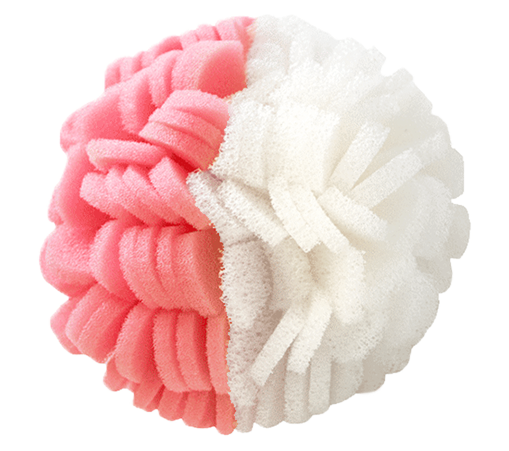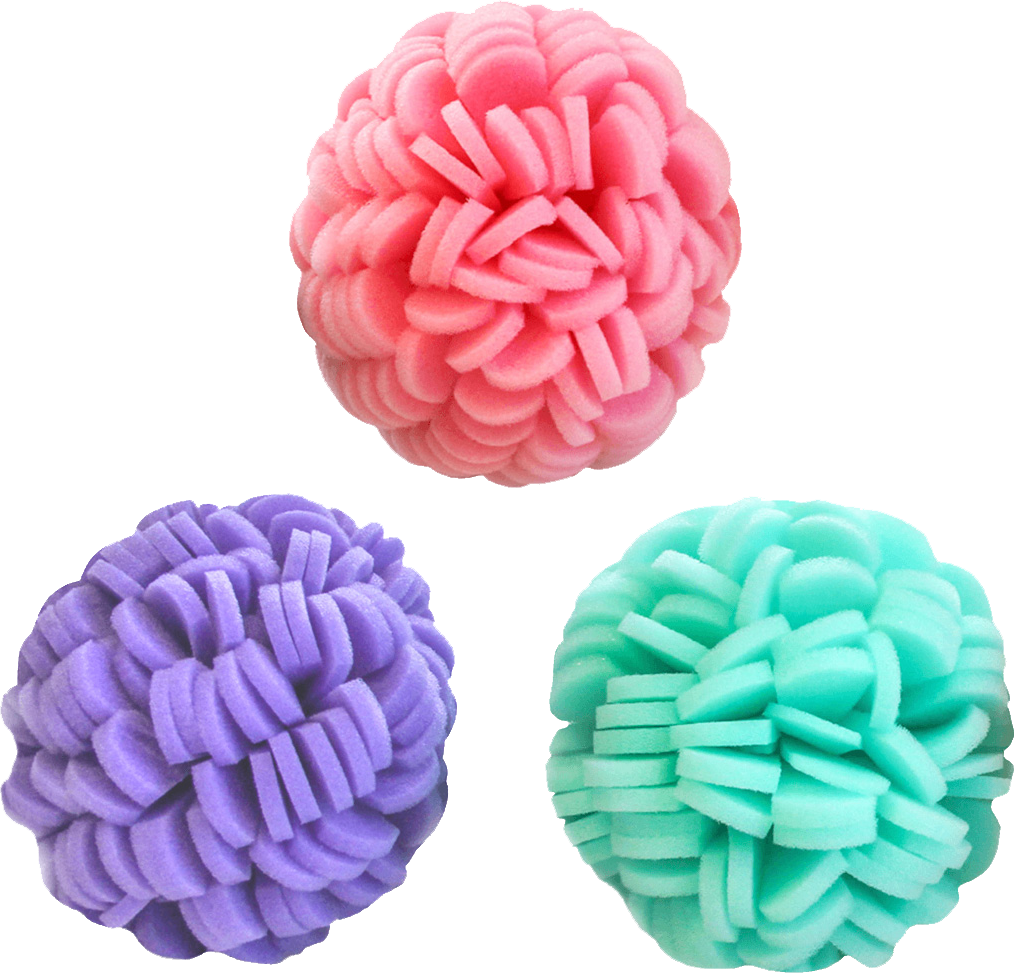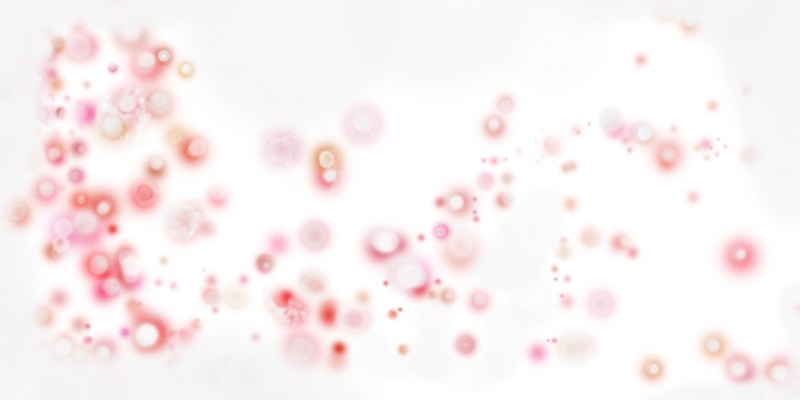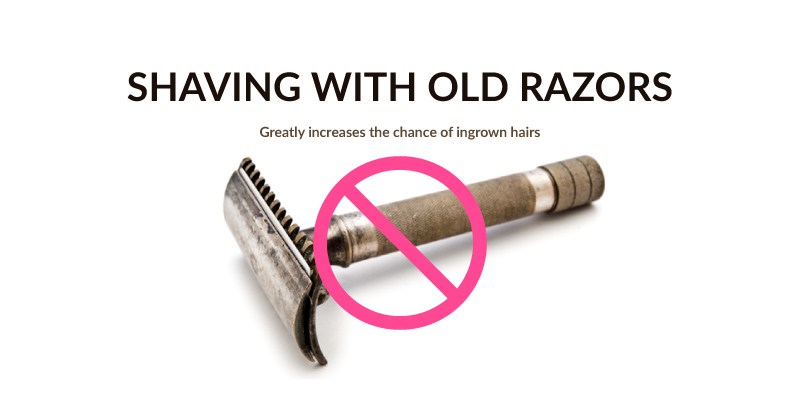Our readers know that the ViaBuff Level 3 Exfoliating Buff is great for treating ingrown hairs, keratosis pilaris, dry skin, and waxed skin. But did you also know that there is a condition similar to ingrown hairs that is much more sinister and which requires medical attention? It’s called folliculitis, and involves inflamed hair follicles that are aggravated by bacterial infection or repeated friction.
What is Folliculitis?
Ingrown hairs are hairs that grow beneath the skin and create a sensitive, inflamed lesion. Conversely, folliculitis may involve a partially ingrown hair, but also small red bumps or what appear to be whiteheads around one’s hair follicles. Folliculitis can occur anywhere on the body, but tends to appear more often on areas which often experience friction or which are often shaved. Most commonly, folliculitis is caused by a bacterial or fungal infection or when the hair follicle becomes damaged or blocked (by shaving or being rubbed by clothing, for example). While not life-threatening, folliculitis can create persistent, crusted sores on one’s body. In particularly severe cases, sufferers may experience permanent hair loss and scarring (University of Maryland, Mayo Clinic, MedlinePlus).
Should I Exfoliate If I Have Folliculitis?
This is a difficult question. Since folliculitis is often caused by a bacterial infection and involves inflamed lesions, we are reluctant to encourage our ViaBuff fans to exfoliate. There is a possibility that bacteria may spread from your skin to your buffs or that you could further aggravate the skin’s condition. Please make sure to consult with your dermatologist about the best course of action for treating your case of folliculitis.
How Should I Treat Folliculitis?
If you believe that you are experiencing folliculitis, make sure to see your dermatologist as soon as possible so that s/he can prevent the condition from spreading. For less severe cases,hot compresses may be employed in order to soothe and encourage the hair follicles to drain. Depending on the severity of your folliculitis, your dermatologist may also prescribe oral and topical antibiotics, antifungal creams and shampoos, or anti-inflammatory creams and pills. If you have a large boil or lesion from folliculitis, minor surgery may be recommended. Folliculitis that is resistant to most other treatments may respond to light therapy (Mayo Clinic). Those with severe or chronic cases of folliculitis may require laser hair removal treatments. Patients should also refrain from shaving, waxing, or plucking these areas for several months to avoid irritation and to allow the healthy regrowth of the hair (American Osteopathic College of Dermatology).
To defend against further breakouts of folliculitis, abstain from sharing towels, soap, and other personal items. Also avoid shaving irritated or inflamed skin (if you must, use a new razor blade each time). Eliminate the use of bacteria-trapping oil on your skin. If you exercise frequently or use hot tubs, spas, or saunas, make sure to bathe immediately afterwards. Use a mild soap for daily bathing (WebMD).
Bottom Line
Folliculitis can often be confused with ingrown hairs, as both conditions feature inflamed and sensitive-to-the-touch hair follicles. Since folliculitis can lead to crusted sores, scarring, and permanent hair loss unless treated quickly, it should not be exfoliated. However, exfoliating ingrown hairs is one of the best things you can do and we recommend using the ViaBuff Level 3. Check with your dermatologist if you have any doubts.






